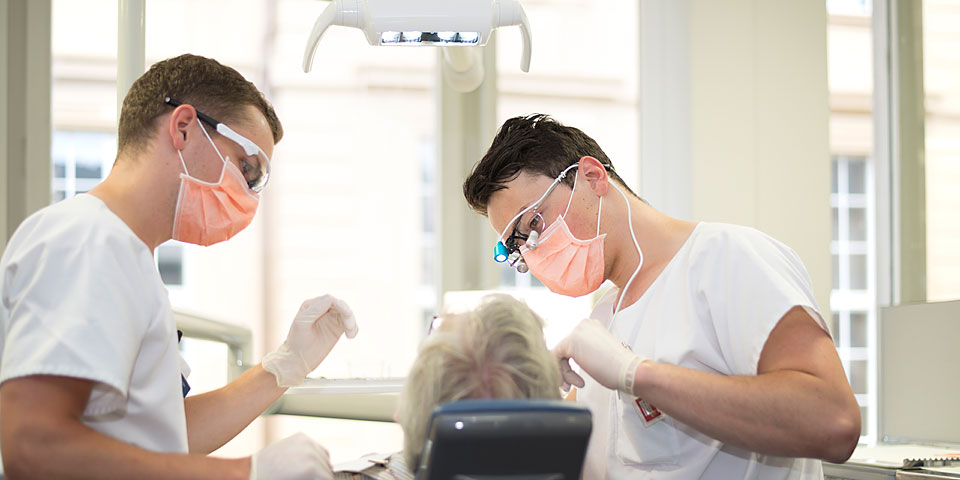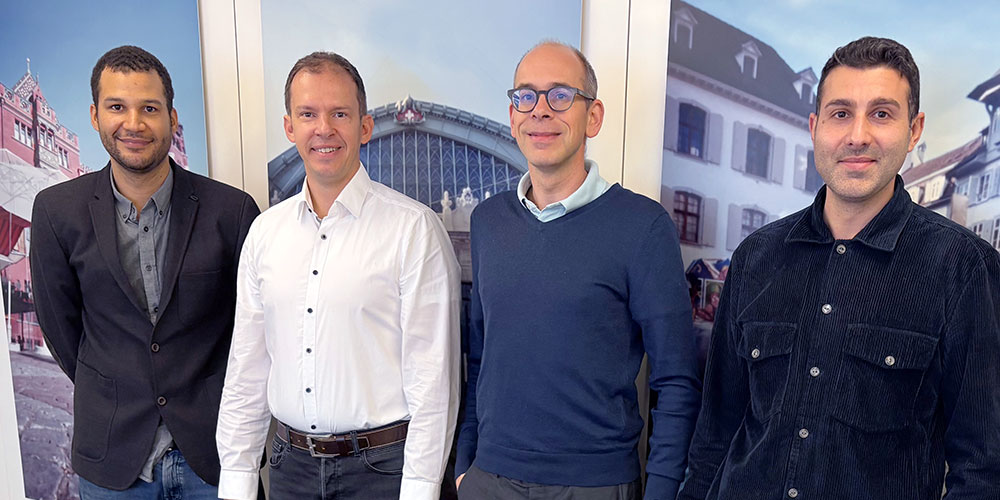How Caries-Causing Bacteria Can Survive in Dental Plaque
Extracellular polysaccharides play a central role in the survival capabilities of caries-causing bacteria in dental plaque, report researchers from the University of Basel’s Preventative Dentistry and Oral Microbiology Clinic and Department of Biomedical Engineering in the journal Plos One.
02 November 2017
Cariogenic bacteria live in biofilm and attack dental enamel by converting sugar and starch into acids that dissolve out calcium from the enamel. This process can cause caries. The dissolution of calcium increases the concentration of calcium locally, creating an environment that is hostile to bacterial life. In their study, the researchers investigated how bacteria manage to survive in dental plaque despite these conditions.
They hypothesized that extracellular polysaccharides (EPS) support the bacteria’s survival capabilities. EPS are substances that build extracellular cariogenic bacteria from sugar residue. They create the biofilm’s scaffolding and ensure that bacteria are able to anchor themselves in the dental plaque.
EPS integrate calcium into the biofilm
The study showed that the more calcium cariogenic bacteria dissolve, the greater their calcium tolerance and survival capability in the biofilm becomes. The scientists were able to prove that cariogenic bacteria develop mechanisms to help them survive the high concentrations of calcium.
They demonstrated that extracellular polysaccharides possess a high number of calcium binding sites through which they can integrate the free calcium into the biofilm. This neutralizes the toxic substance and strengthens the EPS structure of the biofilm.
New insights into the causes of caries
The EPS’ integration of calcium doesn’t just help cariogenic bacteria to survive in dental enamel; it also causes caries. “EPS’ integration of calcium inhibits the remineralization of the enamel, as there is no longer sufficient free calcium present in the plaque. This discovery is important in gaining a better understanding of calcium regulation in caries,” explains microbiologist Monika Astašov-Frauenhoffer.
Original source
Monika Astašov-Frauenhoffer, Muth M. Varenganayil, Alan W. Decho, Tuomas Waltimo, Olivier Braissant
Exopolysaccharides regulate calcium flow in cariogenic biofilms
PLOS ONE (2017), doi: 10.1371/journal.pone.0186256
Further information
Dr. Monika Astašov-Frauenhoffer, University Center for Dental Medicine Basel, Preventative Dentistry and Oral Microbiology Clinic, Tel. +41 61 267 26 03, E-Mail: m.astasov-frauenhoffer@unibas.ch



